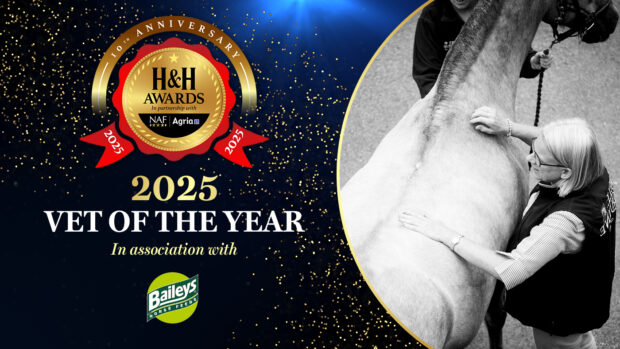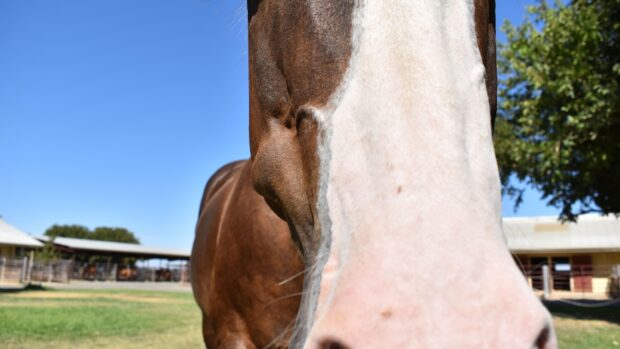Rick Farr of Farr & Pursey Equine Vets shares his expert advice on infected joints in horses, how they can be treated and what the prognosis is
Q: Infected joints: “I was wondering if anyone could tell me their experiences with an infection on a joint please? What was the outcome and how long did it take to find out it was in fact on the joint? What is the prognosis and recovery time too?”
A: In order to answer your questions I will give you a few generalisations:
All infected joints require a concerted effort and a degree of urgency.
Identifying an infected joint can be the first challenge — however most horses (irrespective of the joint involved) show a significant degree of lameness. If a joint is ever suspected of being infected your vet will perform a procedure called arthrocentesis. This is the process of placing a needle directly into the joint and aspirating some of the joint fluid. By examining the fluid for any bacteria, protein content and types of cells present your vet will be able to decide whether the joint has been compromised. All of this can be done in practice and you should have an answer the very same day.
Continued below…
Related articles:
- H&H forum: find out what H&H readers suggested
- Read more veterinary advice
- 12 essential pieces of first aid advice for an equine emergency
So what do you need to do if a joint is infected? In essence this usually involves surgery (whether it’s at your local practice or at a referral centre). Under general anaesthesia the joint is “flushed” with a copious amount of fluid through the joint to remove all contamination; at the same time it is locally infiltrated with antibiotics. During the surgical procedure the soft tissue around the joint can also be assessed to see whether any other damage or additional complications are possible. The question I get asked by clients in this scenario is usually “when do we need to go for surgery?”. It is often the case that many of these cases present themselves ‘out of normal office hours’ — historically we have always advised immediate referral for surgery, however recent data suggests that referral the following day/morning does not have a significant effect on the overall outcome.
If you leave an infected joint and try to manage it with pain killers/antibiotics, all cases will eventually result in a persistent lameness and a question as to the welfare of the horse. In my opinion all infected joints should result in either referral or euthanasia.
One of the first hesitant questions I get asked is “how much will it all cost?”. You have to take into account three factors:
- The cost of the initial visit of your vet
- The cost of any potential referral/surgical costs
- The cost of recovery from surgery
I advise owners to budget for between £3,000-4,000. This will cover most outcomes pending no significant complications. This can be quite a shock for many clients, however I do try to explain the vast majority of this cost is taken up by consumables — for example, drugs, anaesthetics and post-operative bandaging materials and visits. Actual surgical time and professional time is often a small fraction of the overall expenditure.
Is it all worth it? In my opinion, YES! All joint penetrations have a much better chance of success when dealt with efficiently and effectively. I have had many experiences of horses sadly having to ‘wait’ for owners to make a decision on referral, which have sadly resulted in euthanasia of a horse. I appreciate financial constraints are always an aspect, however practical experience shows us that doing the job correctly from the start can save money, time and, more importantly, improve the welfare of the horse.
Is it successful? This is always dependant on each case, however, prompt referral to a surgical facility can result in return to full exercise and, in most cases, competition performance; in fact, in the past four weeks, I made such a referral which has culminated in a return to soundness following a significant laceration to the back of the heel/pastern on a forelimb, initially presenting with a full non-weight bearing lameness.
If you suspect an infected joint get your vet out as soon as physically possible.
For all the latest equestrian news and reports, don’t miss Horse & Hound magazine, out every Thursday




